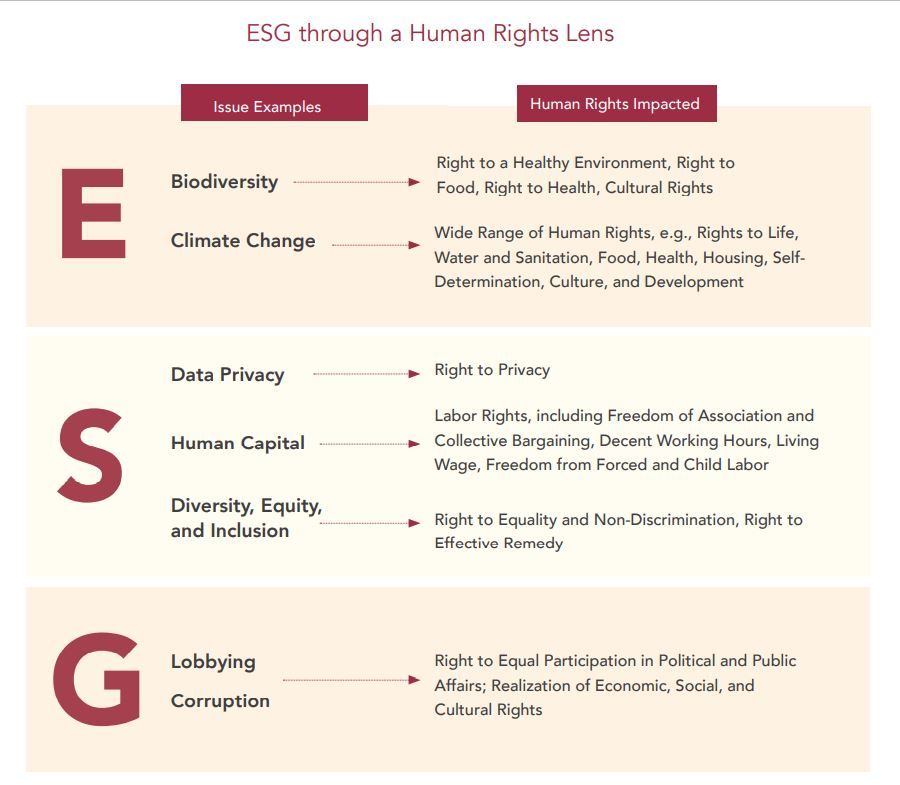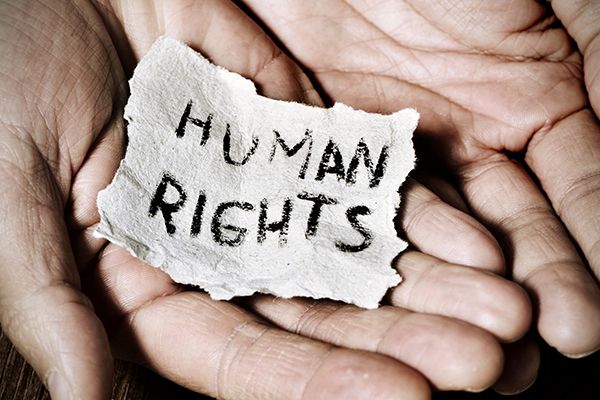Taking a human rights approach to investing can help identify risks before they become material, according to the authors of a new study from the Business for Social Responsibility (BSR).
Human Rights Roadmap for Transforming Finance outlines this approach; and compares, contrasts and overlaps it with an ESG approach to investing.
One of the benefits, said report author Paloma Munoz Quick, speaking to ESG Clarity, is it allows investors to “see around the corner” of material risks that are potentially coming. “Once something is material it’s too late to fix it,” she added.
In 2011, the UN Guiding Principles on Business and Human Rights clarified that all companies have a responsibility to respect human rights. This requires conducting human rights due diligence to prevent, mitigate and account for how they address the negative impacts (or externalities) of their business activities and value chains on human rights.
Supply chain engagement, modern slavery initiatives (look out for next week’s episode of ESG Out Loud for more on this) and are increasingly being taken up by the investment industry, but progress has been slow.
“ESG is an investor-driven agenda,” Quick said. “Whereas the business and human rights space developed differently – it was done through multi-stakeholder engagement, civil society and people affected by business, finance and investment value chains. It took a while for these to spread into the financial services space because it’s a relatively new framework, and because it needs to be unpacked in a way that makes sense to investors.
“But the two movements are starting to come together.”
Increased regulation, and litigation, and the inclusion of human rights in investor standards – such as the Sustainability Accounting Standards Board Materiality map, which identifies human rights risks as business risks – will only increase the need for investment firms to focus on these areas.
“This trend will continue in the face of a wave of legislative developments across Europe and beyond that makes human rights due diligence mandatory for FIs and their portfolio companies,” the BSR report said.
This includes the French Duty of Vigilance law, German Supply Chain Due Diligence Act, the Norway Transparency Act, as well as the proposed EU mandatory human rights and environmental due diligence law. The EU Sustainable Finance Disclosure Regulation also requires FIs to disclose the impacts of their ESG-labeled investments, independent of financial materiality and their due diligence in addressing impacts. The UK’s social taxonomy is also expected to draw attention to these issues.
For firms starting to look into using human rights frameworks, report author Kindra Mohr said the first step is to look at what due diligence checks a firm is already doing and what regulatory requirements it is meeting that have human rights elements.
“Sometimes those first steps are the most challenging, but in some ways it’s aligning what may already be in place,” she said.
Quick added the “low-hanging fruit” for investors can come from looking at human rights benchmarks, such as KnowTheChain, the Corporate Human Rights Benchmark from the World Benchmarking Alliance and Ranking Digital Rights.
“The ESG landscape is primarily focused on data that is already material, it doesn’t take the impact of risked-people perspective. So investors in public equities, let’s say, can look at the benchmarks that are out there that use a risk to people lens. These are really low-hanging fruits that are grounded on the human rights-based approach.”









